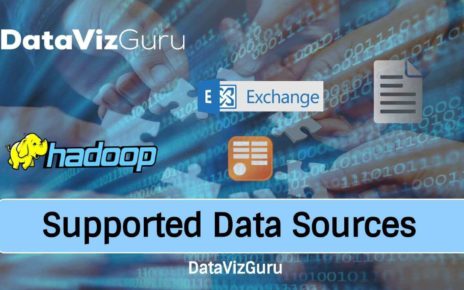Data Modeling is one of the Power BI features, which is to connect multiple data sources in the BI reports. The process of combining data sources to create exciting data visualizations define as a relationship. We can create impressive displays on multiple data sources.
The data modeling feature of Power BI helps in building custom calculations on the pre-existing tables where the columns into Power BI visualizations. This implementation allows businesses to elaborate on new metrics and perform a custom calculation on those metrics as well.
As shown above, a standard data model that shows the relationship between the two tables where both the table possesses a standard column, i.e., ‘Id.’
Not only tables, but a relationship can be between two objects having something in common to connect them all. By dragging a line between two standard columns, we can establish a connection between the objects. We can view “Relationship” in a Power BI data model.
It is easy to create a relationship with a Power BI tool. For this, we need to import all the data sources in the Power BI new report option. To add a data source click on, ‘get data’ option. Now, select the data source you want to connect with and click on the ‘Connect button.’ The added data source is on the right side of the bar. In the above example (image), two excel file is to form a relationship.
There are three tabs present on the left side of the Power BI screen. These three tabs are as follows:
- Report
- Data
- Relationship
While navigating through the report tab, a dashboard and a chart can select for data visualization. As per our need, we can choose different chart types available in Power BI. Here, we decided on the table’s type shown in the above visualization.
The entire data as per the defined relationship from the data sources is in the Data tab.
The relationship between the data sources is present in the Relationship tab. When multiple data sources get to add to the Power BI visualization, it gets detected by the tool automatically to analyze the relationship between the columns. We can view the link by navigating on the Relationship tab. We can either add or remove the relationship between data sources.
To remove a relationship, right-click on the link and click on the “delete” option from the menu. While creating a relationship, we need to drag and drop the field between whom you want to create a link in the data sources.
Creating Calculated Columns:
Power BI is a tool that creates calculated columns by combining two or more elements of the existing data. We can apply calculation on the current column for new metrics or for connecting two columns and create a new one.
To establish a new relation between two tables, we can generate a new calculated column by navigating to the data view tab on the left of the screen and then clicking on Modeling. The new column option is present at the top of the screen while navigating to the Modeling tab.
Creating Calculated Tables:
To create a new calculated table in Power BI under data modeling, create a modern table, with the help of the Data View tab present on the left side of the screen, and click on the Modeling option at the top of the screen.
DAX expression is one of the other ways used to create a new table in the Power BI tool. Enter the name of the modern table you want to build on the left side of the equal sign and select the DAX formula to perform the calculation to generate a table on the right. Once the count is complete, the new table appears in the Fields pane of your model.
Managing Time-Based Data:
Power BI emerges through the time-based data by default. To take visualization to the next level of time-based data, add a date field to your analysis, and enable to drill on your data visualization.
To apply the drill feature in the visualizations, click on the drill option at the top. Once the drill feature is enabled, click on the bars or lines in the chart. It drills down the data visualization to the next level of time hierarchy.
If you want to analyze the difference of Power BI to other tools, please go through the next blog.
Also, Try answering these Tableau multiple-choice questions quiz and exams to test your skills in the Tableau.
- Tableau Desktop Specialist Practice Questions for Global Certification (Practice quiz)
- Tableau Desktop Specialist (Practice Exams)
If you have any questions, please shoot an email to info@datavizguru.com






One Reply to “Data Modeling”